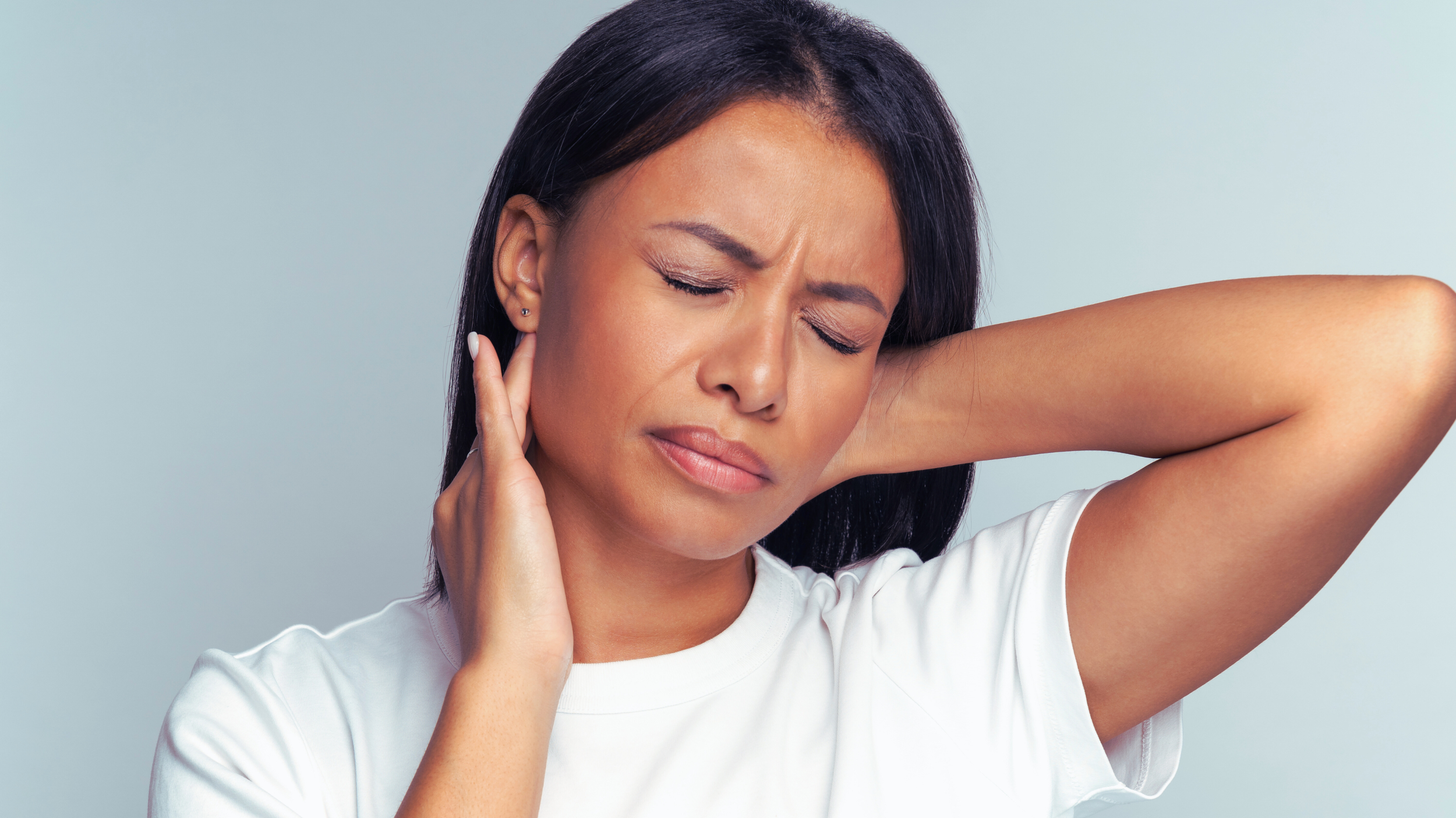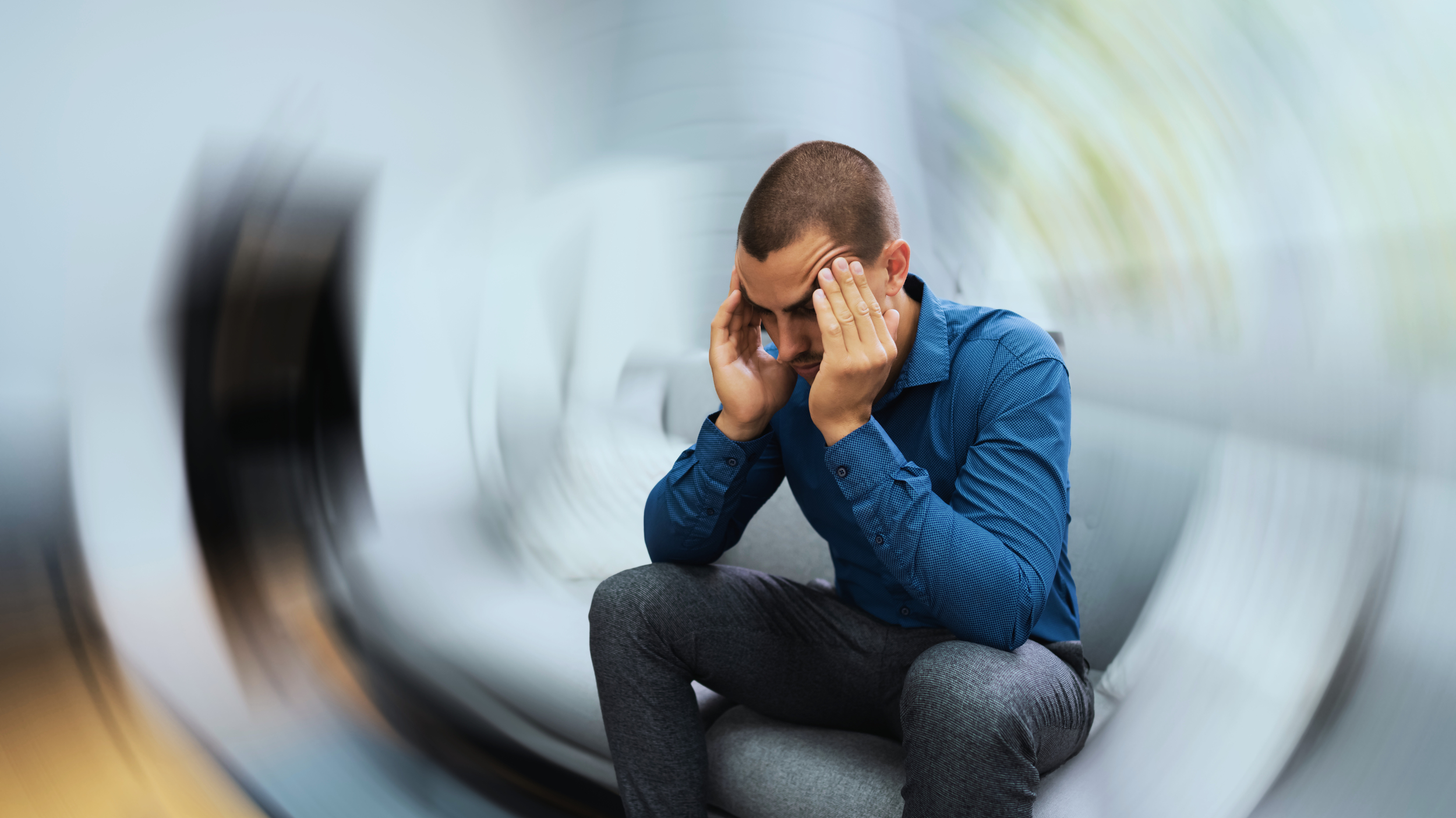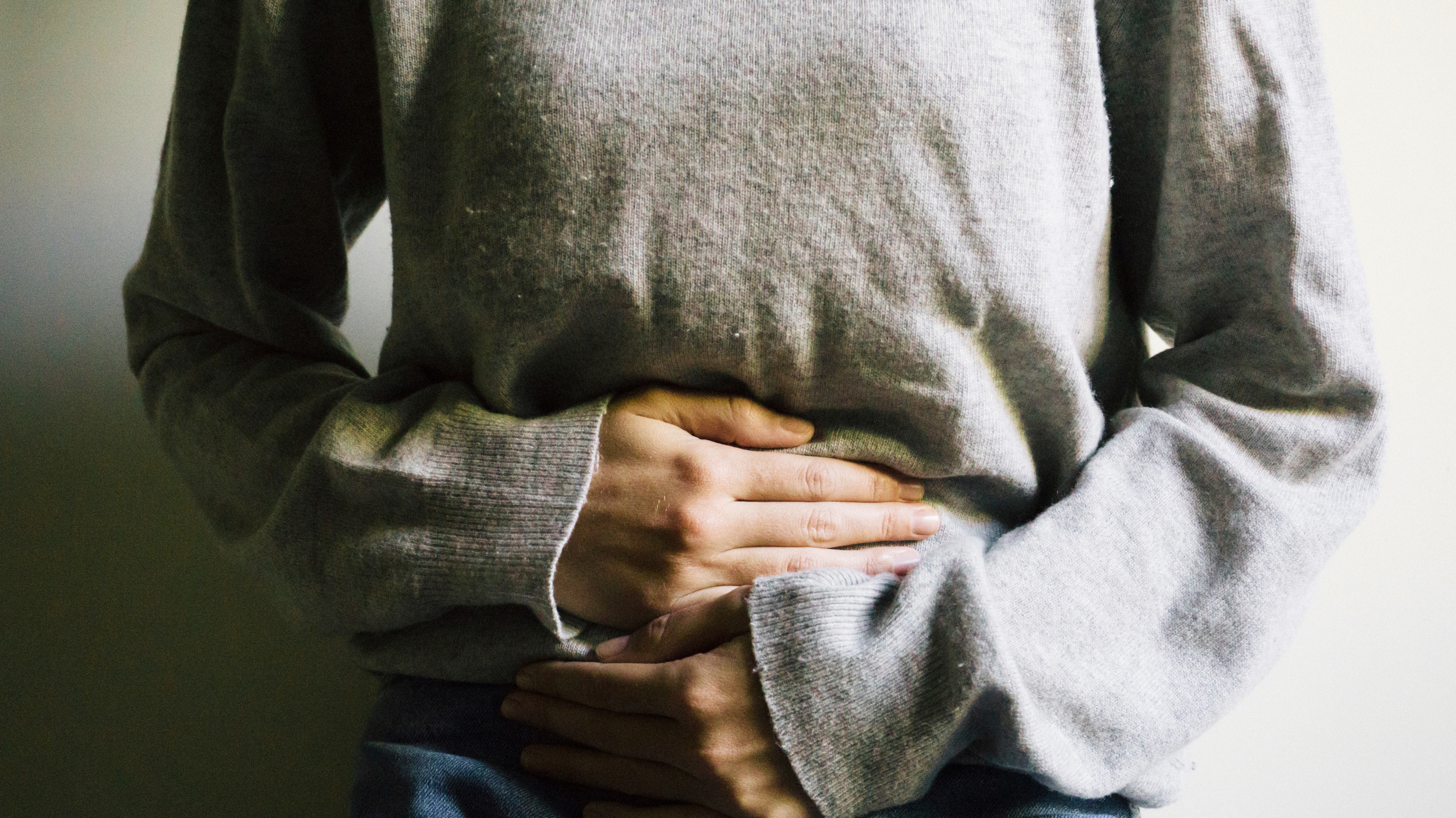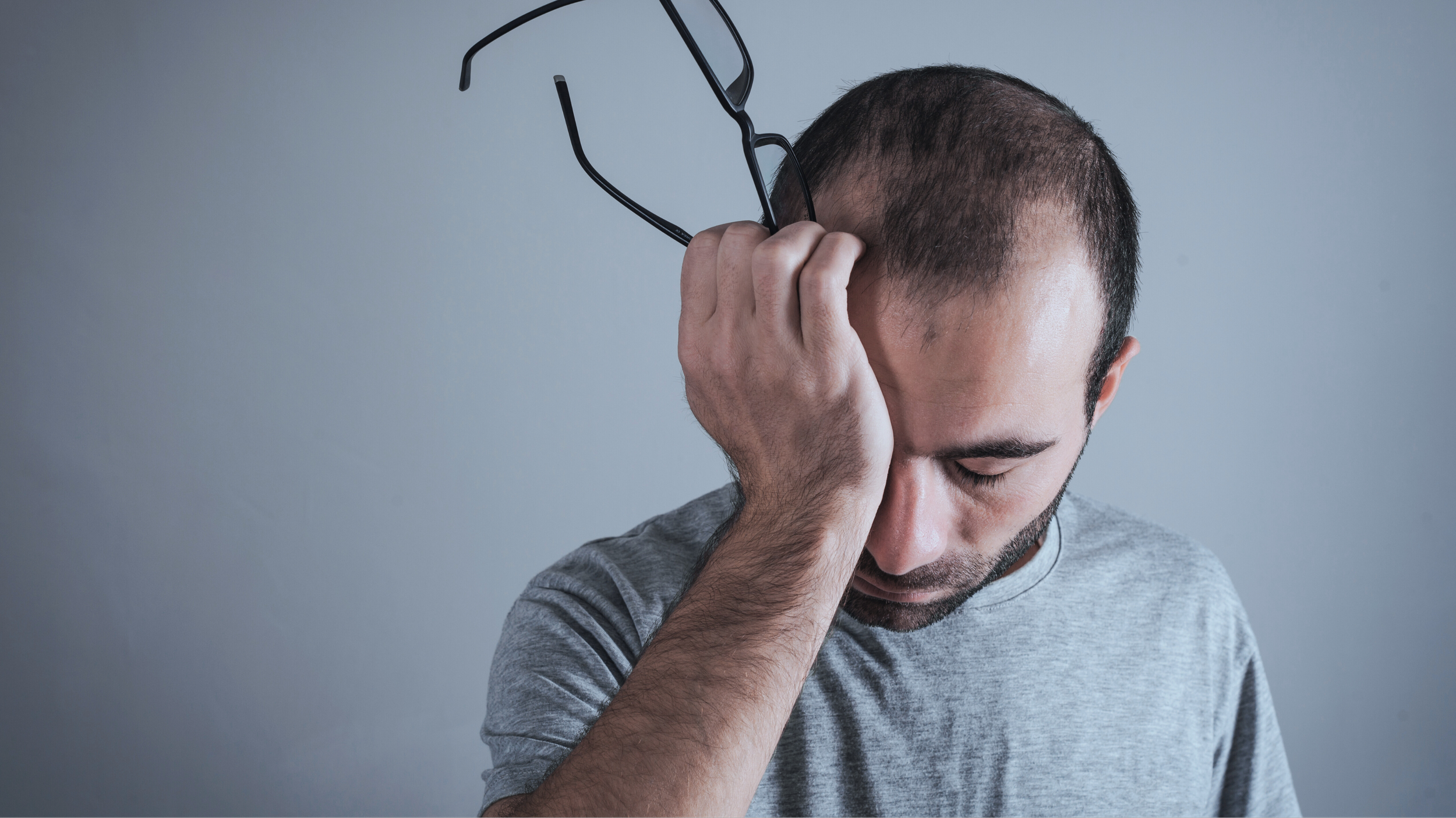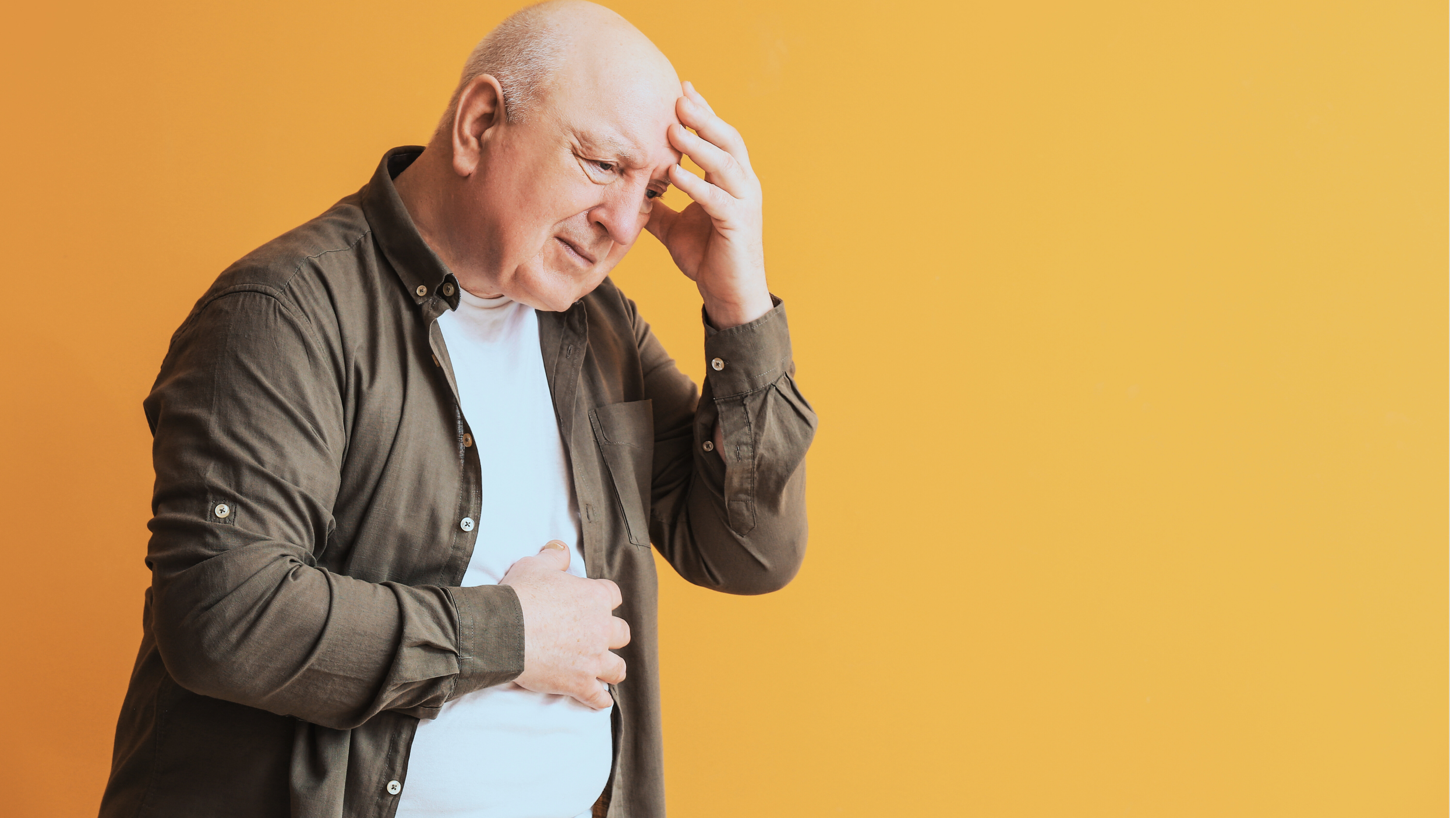
The new science of neuroplastic recovery therapy is transforming the treatment of chronic pain and illness.
Life free from chronic symptoms is possible.
Could your symptoms be neuroplastic? Take our short quiz to find out.
An additional quiz for practitioners is here.

What are Neuroplastic Symptoms?
Neuroplastic pain and illness are not caused by structural damage or disease. Instead, symptoms result from physical changes in the brain’s nerve pathways. This can cause severe symptoms that often last for years. These are not explained well by diagnostic tests or do not improve as expected with medical treatment. Fortunately, new research has found a pathway to lasting relief from improved nervous system regulation and expanded understanding of your past or present life challenges.

Become a member of the ATNS Community to Discover the New Science of Healing Chronic Pain & Illness
ATNS Members can access many resources and discounts, but most importantly they help change medical practice so everyone with neuroplastic symptoms can receive the timely, evidence-based care they deserve.
Pain Science Paradigm Shift
Watch as the groundbreaking science of chronic pain (and other symptoms) is explained by scientists who did the research, clinicians who put it into practice, and patients who experienced the life-changing benefits.
New National
Study Findings
To make neuroplastic symptoms (NS) common knowledge, we must understand how many people experience them and what they believe about their pain or illness. ATNS partnered with research firm XandY on a national survey—and the results are revolutionary.
Recovery Stories
and Science
Our Board of Neuroplastic Experts
Has Been Featured In
People with neuroplastic symptoms often can relate to one or more of the following. These can
change with treatment:
Excessive Self-Criticism
Low Self-Esteem
Neglecting your needs
Reliability, Focusing on Detail
Hard Working
Perfectionism
Unbalanced or toxic relationships
Seeking Approval
Stressful lifestyle
Poor assertiveness
Anxiety
Depression
Traumatic life event(s)
Adversity in Childhood
Neuroplastic Recovery Therapies Research
In patients with back pain for an average of 10 years, pain decreased by 75% after eight one-hour sessions of neuroplastic recovery therapy.
After an average of nine months of long Covid, neuroplastic recovery therapy led to a 77% decrease in pain interfering with activity.
In a study in Los Angeles of older male veterans with chronic pain, 67% achieved at least 30% pain relief with neuroplastic recovery therapy.
In a study at Harvard, of people with chronic back pain, 64% became pain-free after six months of neuroplastic recovery therapy.
Could your symptoms be neuroplastic? Take our short quiz to find out.
An additional quiz for practitioners is here.
The Association for the Treatment of Neuroplastic Symptoms is a 501(c)(3) nonprofit organization. Our mission is to educate the public, patients, and practitioners about diagnosis and treatment of neuroplastic pain and illness that affects over 50 million adult Americans. Founded and led by volunteer medical and mental health practitioners, researchers and patient advocates with decades of experience, ATNS provides the information and tools needed to recognize and treat neuroplastic conditions; explains and promotes the latest scientific research; advocates for healthcare policies that support access to quality treatment; and empowers people to advance their own healing.






